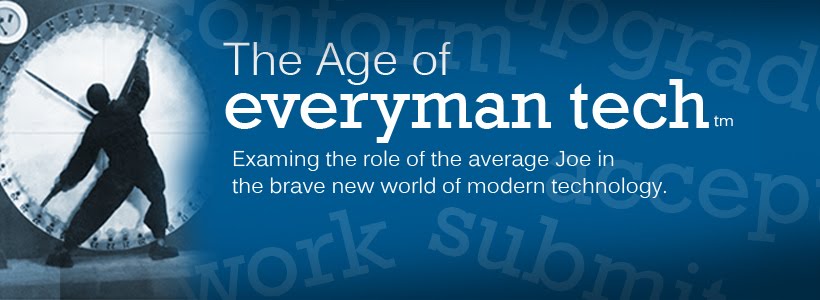First I have to admit, every time I read the word MySpace I
cringed, as it pulled me right out of the reading. Of course the concepts of utilizing
social media as a communication tool are the same, but the execution evolves.
The
social media tools that replaced MySpace, such as facebook, twitter and others have
changed how people interact online. The way we communicate today is much more
interactive, instant and ironically intimate.
That being said, the issue that caught my eye and is a
subject I take great interest in, was the story Vasudevan, Dejaynes, & Schmier (2013) repeated about the student
sharing information with a girl he just met:
Not wanting to lose touch, Joey and
the young woman “swapped URLs” so that they could access and be linked to each
other’s MySpace profiles. The three of us listening to the story laughed out of
curiosity, and Joey clarified that “they”—presumably, youth of his
generation—are more inclined to share online profile information than phone
numbers. (p. 31)
In many ways this openness represents the double-edged sword of limitless
communication. Yes, the technology allows students to become more invested in
their learning. Yes, it allows instructors the ability to communicate and interact
with students more readily than ever before. All of these are good things and
it’s great that teachers are trying to incorporate it into their instruction.
However part of the school experience goes beyond learning a
particular subject. In many cases it is in school where we learn the rules of
being part of society and how to apply what we have learned. One of the things I have found lacking so far in
speaking about new media, is the social aspect of the technology apart from its educational value.
When students blog, tweet and post, they are exposing themselves to the world, for better or worst. As we know from the news, this is the aspect that causes many students to stumble and often there is no net to catch them.
One of the things I wish we did better as educators using this technology is spending some time on the practical side of things and not just on the bells and whistles.
When students blog, tweet and post, they are exposing themselves to the world, for better or worst. As we know from the news, this is the aspect that causes many students to stumble and often there is no net to catch them.
One of the things I wish we did better as educators using this technology is spending some time on the practical side of things and not just on the bells and whistles.
Vasudevan, L., Dejaynes, T., & Schmier, S. (2013). Multimodal Pedagogies. In C. Lankshear, & M. Knobel (Eds.), A New Literacies Reader: Educational Perspectives (pp. 31). New York: Peter Lang Publishing.

You know, as I read you cringing at MySpace, I thought about my response to my colleagues in TFA, dating on Tinder! Because, hey, if this is how people are meeting each other and actually staying in relationships and procreating in this manner, than we are here to stay, in the digital life, in this media space. I am suspending judgement here, as it is not for me to determine if this is the way to meet people or not-just wish to make this clear.
ReplyDeleteI want to address your mention of 'limitless' technology-this is not a question of mechanics-what about what is LACKING in feeling, connection? This may be what limits this media.
Thanks for your post.
See you here, S
You know, as I read you cringing at MySpace, I thought about my response to my colleagues in TFA, dating on Tinder! Because, hey, if this is how people are meeting each other and actually staying in relationships and procreating in this manner, than we are here to stay, in the digital life, in this media space. I am suspending judgement here, as it is not for me to determine if this is the way to meet people or not-just wish to make this clear.
ReplyDeleteI want to address your mention of 'limitless' technology-this is not a question of mechanics-what about what is LACKING in feeling, connection? This may be what limits this media.
Thanks for your post.
See you here, S